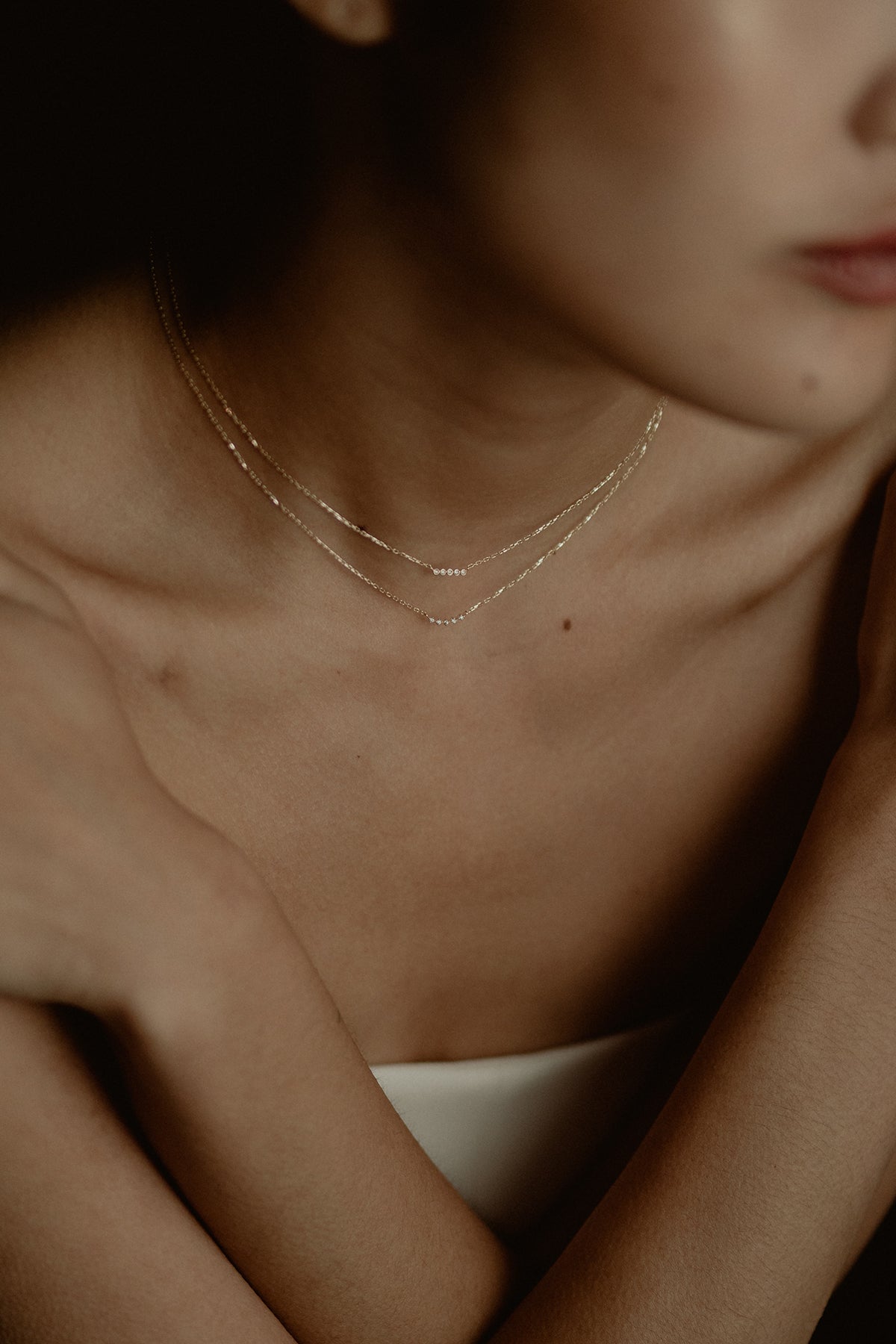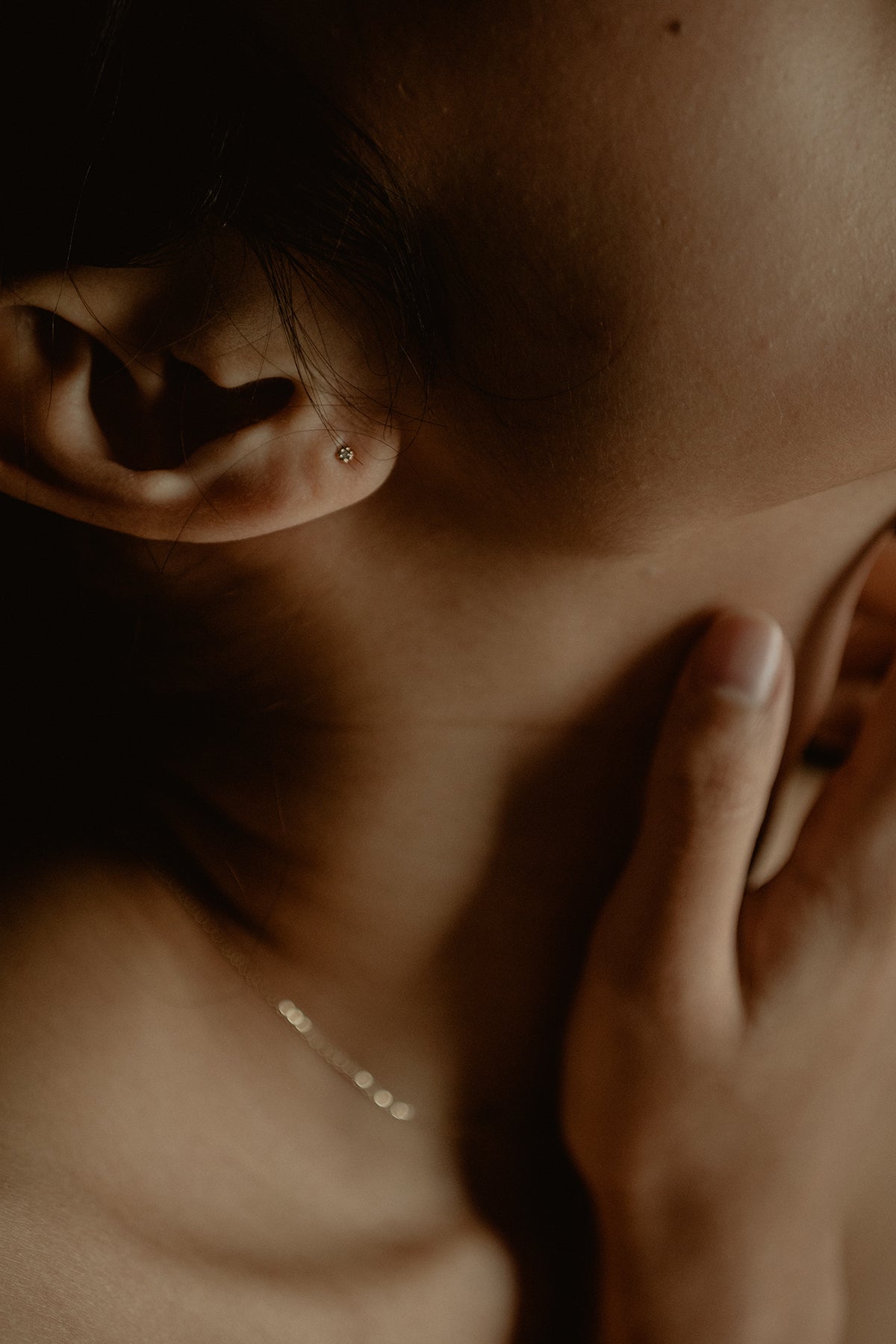Jewelry Care
All jewelry is delicate by nature and extra care should be taken when worn daily. Our fine jewelry pieces can last lifetimes with proper care under normal wearing conditions. Heavy wear and rough conditions can impact how the pieces look. You can get more out of your jewelry by understanding the materials and from the way they're made.

18K Solid Gold
75.0% pure gold + alloys
Prolonged or repeated exposure to chlorine or other chemicals in cleaning products can harm gold jewelry. We recommend that you remove your jewelry when gardening or cleaning to reduce abrasions and prolong the lustre. To clean gold jewelry, use a solution of warm water and detergent-free soap with a soft-bristled brush. When not worn, store your gold pieces in soft cloth bags or the original box to help prevent scratches.

9K Solid Gold
37.5% pure gold + alloys
We do not plate our jewelry as opposed to most commercial stores. White gold has a light champagne tint because of its relatively high content of pure gold. The option of plating may be available at a small fee if specially requested.

Sterling silver
92.5% pure silver + alloys
Wearing our silver pieces frequently is often the best way to prevent tarnishing. Please note that storing silver pieces under humidity and extreme changes in climatic temperatures can easily oxidise the silver, giving it a tarnished look. Tarnish on sterling silver is most easily removed when it first becomes visible. Polish your silver jewelry regularly and store it in an airtight box or ziplock bag to avoid exposure to the air.
If cleaning is required, you can gently wash the silver piece with a soft toothbrush and mild dish soap with warm water. Make sure to dry it well before storing. Be extra careful when cleaning jewelry with prong settings as they may loosen during the cleaning process. You should avoid wearing sterling silver jewelry in seawater, swimming pools, hot tubs, etc as chemicals and salt can be corrosive to metals.
An overview of the earth's natural
GEMSTONES
Diamonds
Diamonds stand as the unyielding essence of nature, surpassing the hardness of any other mineral on Earth with a 10 on the Mohs scale.
Diamonds can be safely cleaned with lint-free cloths, commercial jewelry cleaning solutions, and household detergents. Harsher cleaning methods are not recommended for household use. These include powdered abrasive household cleansers, ultrasonic cleaners, and steam cleaners.
Sapphires
Sapphires, a durable corundum gem akin to rubies, are ideal for daily wear with a remarkable hardness of 9 on the Mohs scale (the third-hardest mineral, after diamond at 10 and moissanite at 9.5).
Basic cleaning with warm, soapy water is enough, but beware of scratches from hard substances. Refrain from harsh chemicals and stick to a damp cloth for treated sapphires.
Beryls
Beryl is a mineral that can appear in various types, including the well-known emerald, aquamarine and morganite, making it a versatile gemstone for jewelry. With a hardness of 7.5-8, beryl is durable enough for everyday wear.
For safe cleaning, wash beryl pieces in a solution of mild dish soap and warm water, using a soft brush to scrub behind the stone where dust can collect.
Pearls
Pearl is ranked 2.5 on the Mohs hardness scale, which means it's very soft and easily scratched or abraded.
These delicate organic gemstones require special care, meaning you should handle them gently, avoid exposing them to chemicals like perfume and hairspray, store them separately from other jewelry, and regularly wipe them down with a soft cloth after wearing to maintain their lustre; essentially, treat them like fine silk.
Having concerns?
Send us a message if you have concerns about your jewelry pieces and we will get back to you as soon as possible.



